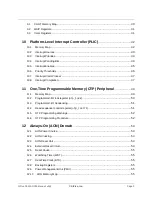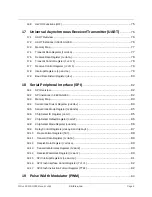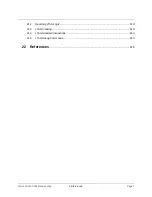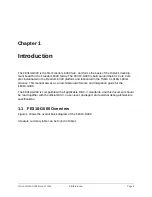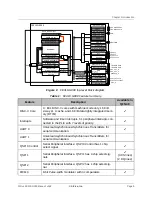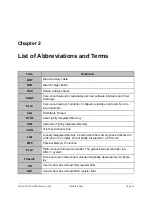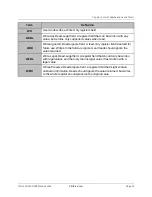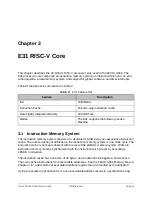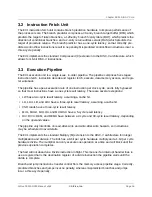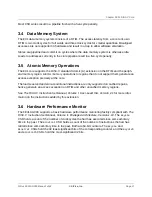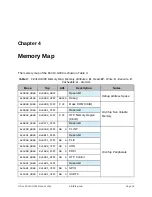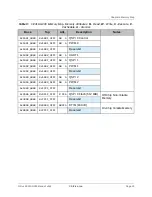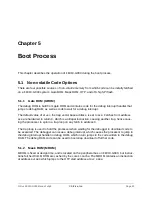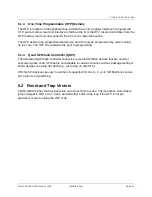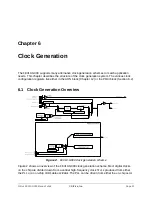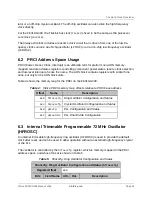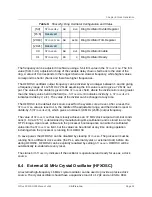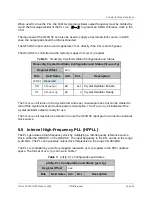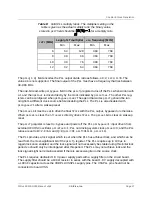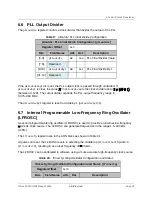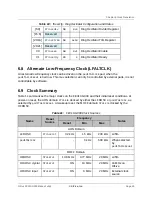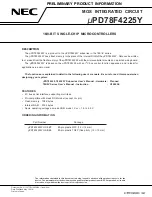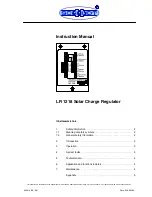
Most CSR writes result in a pipeline flush with a five-cycle penalty.
3.4
Data Memory System
The E31 data memory system consists of a DTIM. The access latency from a core to its own
DTIM is two clock cycles for full words and three clock cycles for smaller quantities. Misaligned
accesses are not supported in hardware and result in a trap to allow software emulation.
Stores are pipelined and commit on cycles where the data memory system is otherwise idle.
Loads to addresses currently in the store pipeline result in a five-cycle penalty.
3.5
Atomic Memory Operations
The E31 core supports the RISC‑V standard Atomic (A) extension on the DTIM and the periph-
eral memory region. Atomic memory operations to regions that do not support them generate an
access exception precisely at the core.
The load-reserved and store-conditional instructions are only supported on cached regions,
hence generate an access exception on DTIM and other uncached memory regions.
See
The RISC‑V Instruction Set Manual, Volume I: User-Level ISA, Version 2.1
for more infor-
mation on the instructions added by this extension.
3.6
Hardware Performance Monitor
The FE310-G000 supports a basic hardware performance monitoring facility compliant with
The
RISC‑V Instruction Set Manual, Volume II: Privileged Architecture, Version 1.10
. The
mcycle
CSR holds a count of the number of clock cycles the hart has executed since some arbitrary
time in the past. The
minstret
CSR holds a count of the number of instructions the hart has
retired since some arbitrary time in the past. Both are 64-bit counters. The
mcycle
and
minstret
CSRs hold the 32 least-significant bits of the corresponding counter, and the
mcycleh
and
minstreth
CSRs hold the most-significant 32 bits.
Chapter 3 E31 RISC-V Core
SiFive FE310-G000 Manual: v3p2
© SiFive, Inc.
Page 17

